The World's Most Secret Tribes
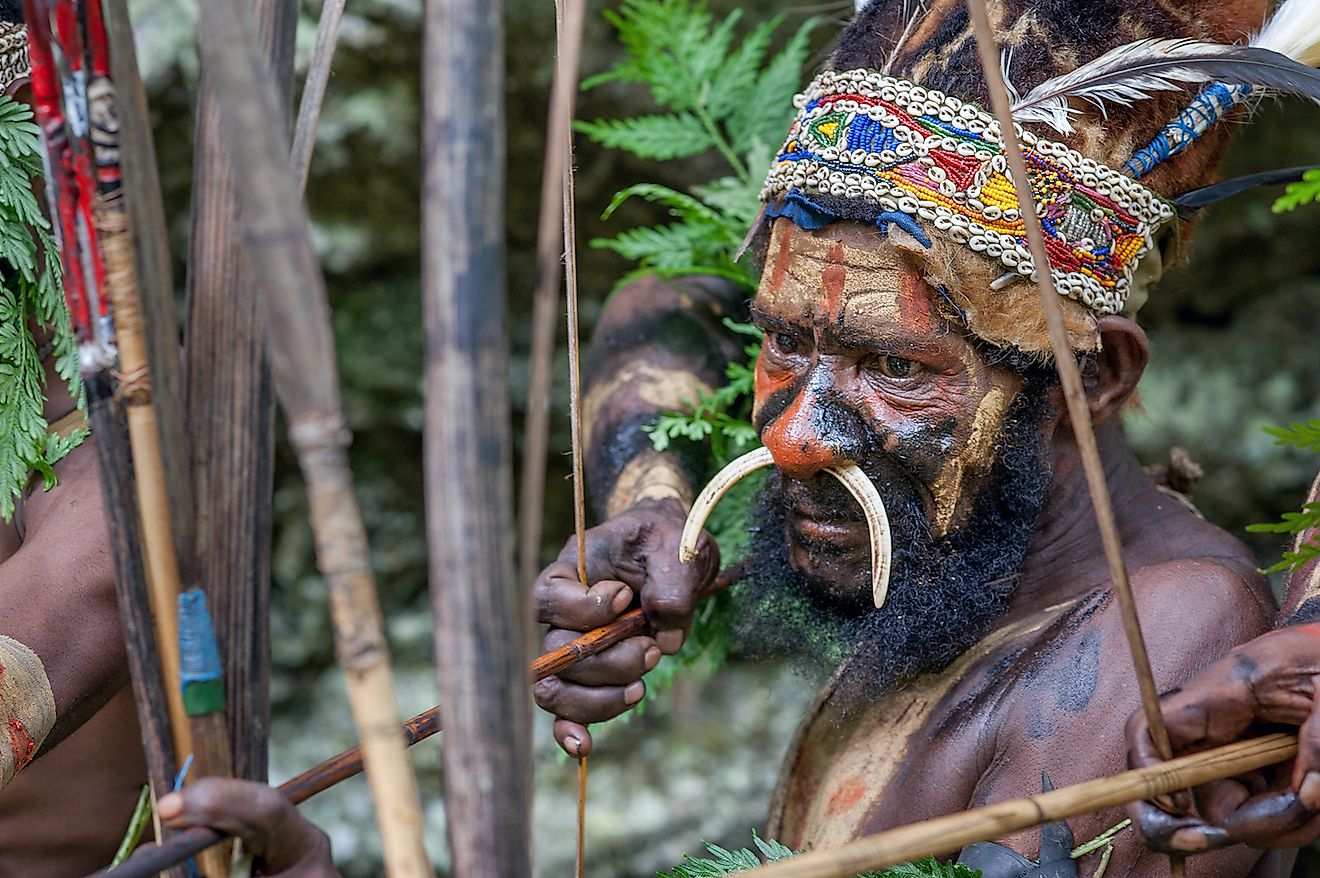
- In certain parts of world, there are small groups of people who are indigenous to their regions and out of contact with the rest of the planet.
- Their traditions, manner of dress, and interesting customs have remained unchanged for possibly thousands of years.
- The Mashco Piro live in Peru's Amazonian forest, and is one of approximately 15 isolated tribes in the country.
- Secret ribes that have been contacted in the past have usually not thrived.
In certain parts of world, there are small groups of people who are indigenous to their regions and out of contact with the rest of the planet. As other populations have evolved with time, many of these tribes have stayed true to their roots. Their traditions, manner of dress, and interesting customs have remained unchanged for possibly thousands of years. They are not easy to find, and live in places like the mountains of New Guinea, on islands off India, deep inside the Amazon, and in the Congo.
Why They Remain Hidden
In essence, these tribes stay isolated because they wish to be left alone. It is likely that they are aware of what the outside world is like, but prefer to remain separate. Fear of the unknown can be one reason why they choose to live this way. Mixing with outsiders would also dramatically change their way of life, so it is also expected that they prefer to determine their own futures without unwelcome influence.
Naturally, these secret tribes create anthropological curiosity because they are so unusual and mysterious to the rest of us. Here are some insights into some of the world’s most secret tribes.
The Debate About Contacting Secret Tribes
These secret tribes have rights to their land and to self-determination, even though outside entities and environmental factors threaten them. Tribes that have been contacted in the past have not thrived afterwards. One noted effect of contact is the spread of illnesses, as they are not immune to many common diseases. Still, some anthropologists feel that small, isolated tribes are not sustainable for the long term. There are researchers who feel that well-organized, peaceful contacts with secret tribes could prove beneficial in time.
9. Sentinelese, Andaman Islands, India
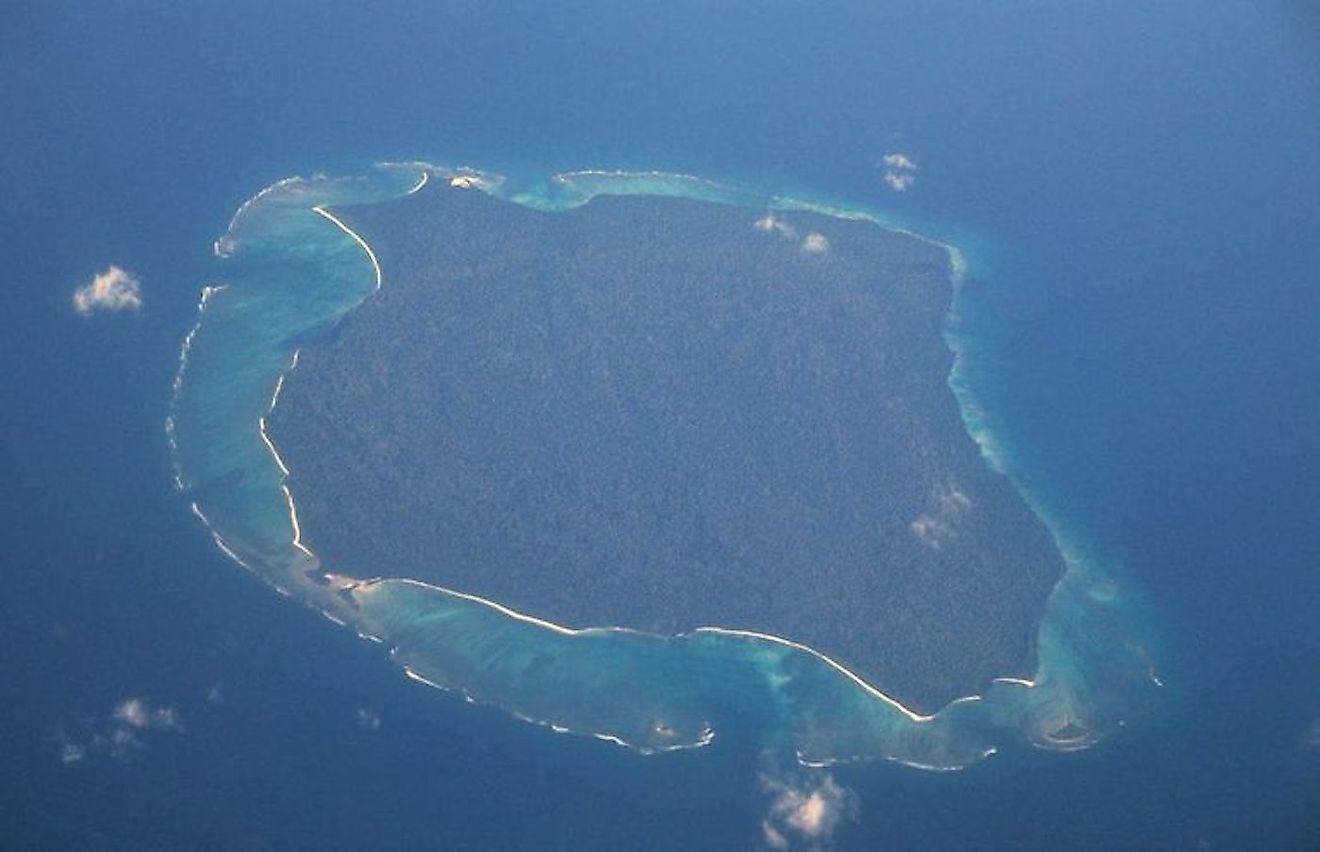
Known as the world’s most isolated tribe, this hunter-gatherer society has no known method of agriculture. There is no clear data as to how many members there are (estimates are in the 250 range) in this tribe that lives in an island region off India. They were contacted by the Raj back in the 19th century, but have always been hostile to outsiders; they tend to shoot arrows at anyone who ventures too close. An attempt to contact them was made in 1996, but not since then. The Sentinelese use metal tools built from iron recovered from nearby shipwrecks, but little other information is available.
8. Asaro Mud Men, Goroka, Papua New Guinea
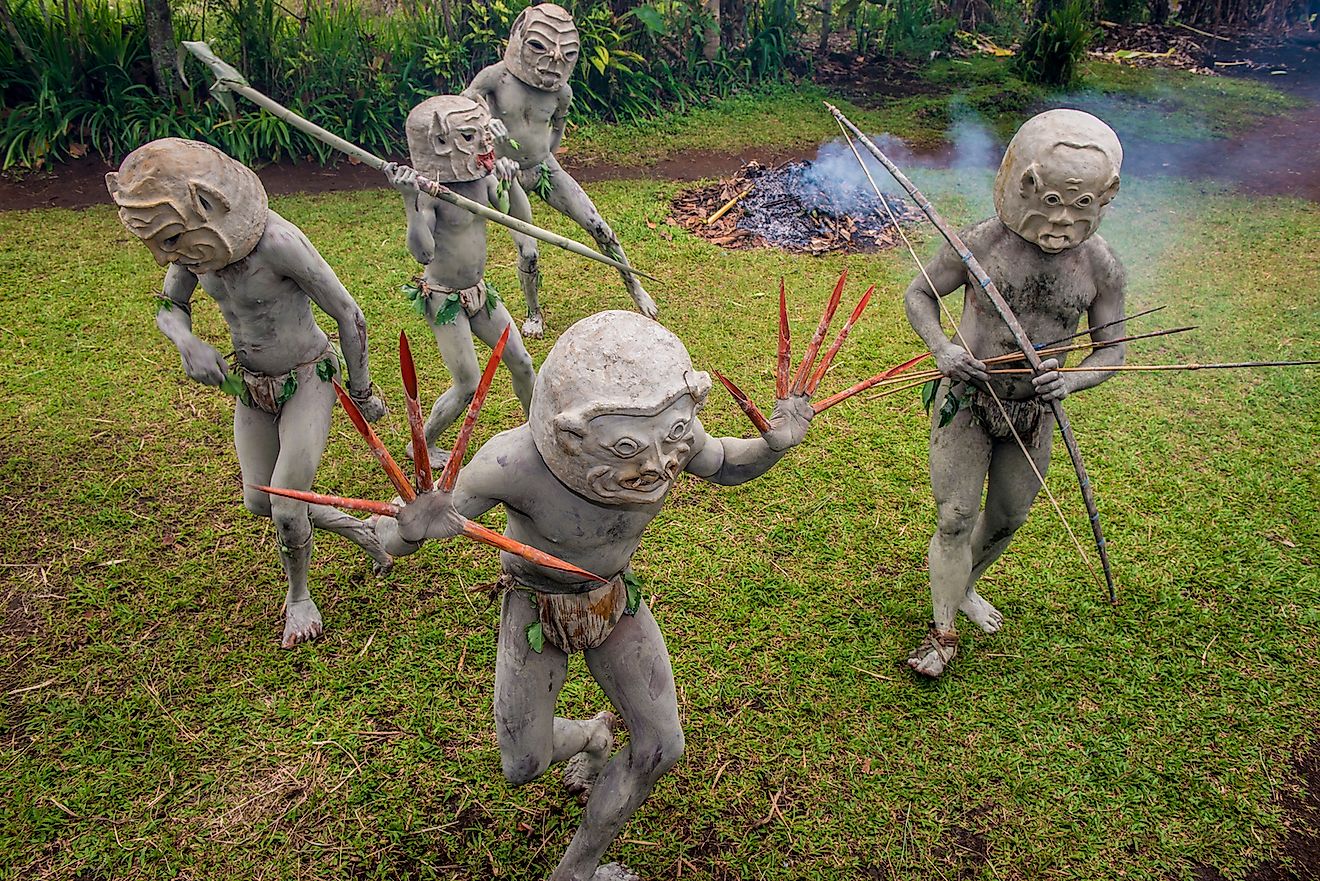
Discovered by outsiders about 75 years ago, these tribe members cover themselves with mud for two reasons: One, they believe that it makes them look like the spirits they worship; and two, it looks pretty scary to the competing regional indigenous groups.
7. Palawawn, Phillipines
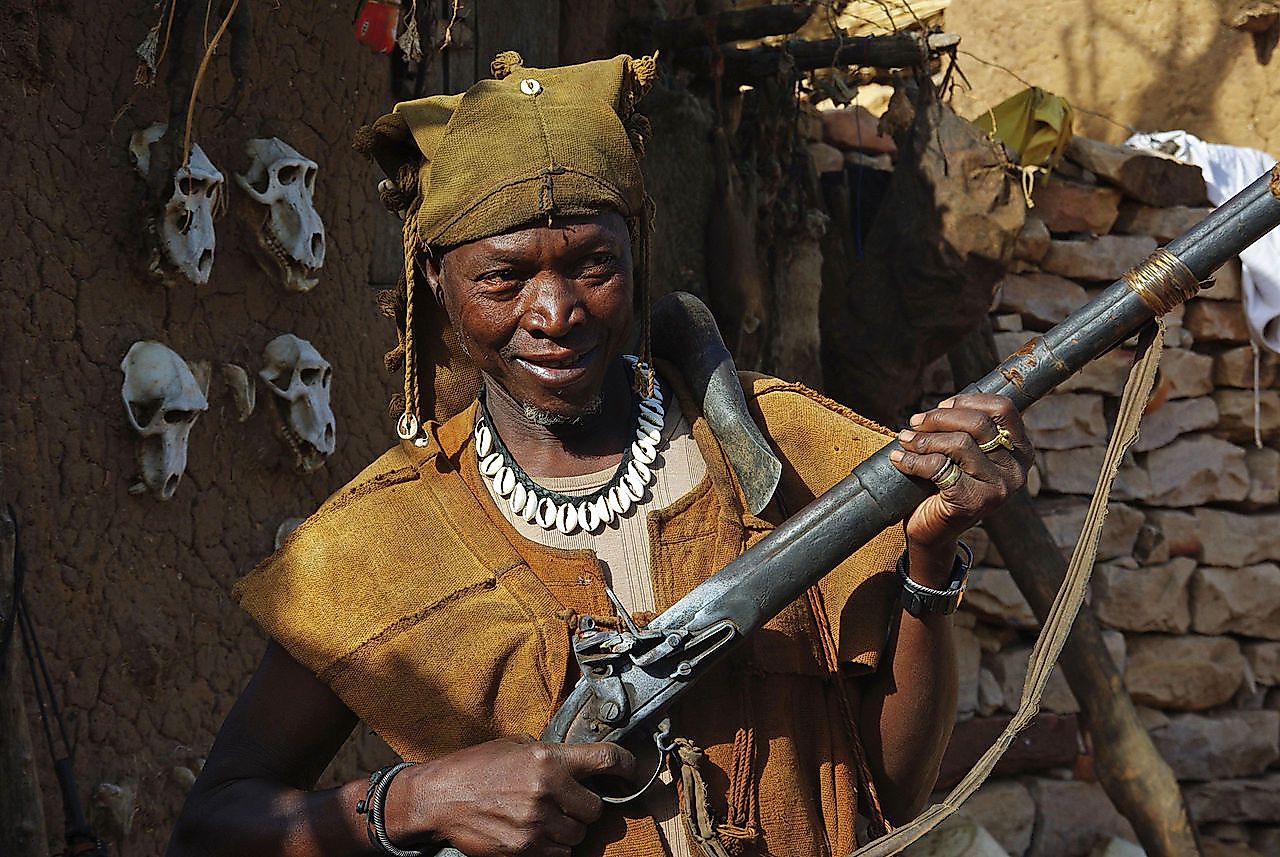
This nomadic tribe of about 40,000 exists in semi-isolation in the southern part of the Philippines' Palawan island, and survive through the practice of shifting cultivation. After they have spent time in one area (forests and farmlands), they move to another, allowing the previous ones to regenerate. It has been reported that their homelands have been threatened by strip and open pit mining.
6. Dogon, Mali, West Africa

This larger tribe of over more than 400,000 lives in Mali, in West Africa, in about 700 small villages located along cliffs. They have had some interaction with other people, selling artifacts to collectors and fertilizer to buyers. It has been reported that recent unrest in the tribes has kept visitors away, and poor harvest have made it harder for the Dogon to sustain life.
5. Papuan Tribes, West Papua, New Guinea
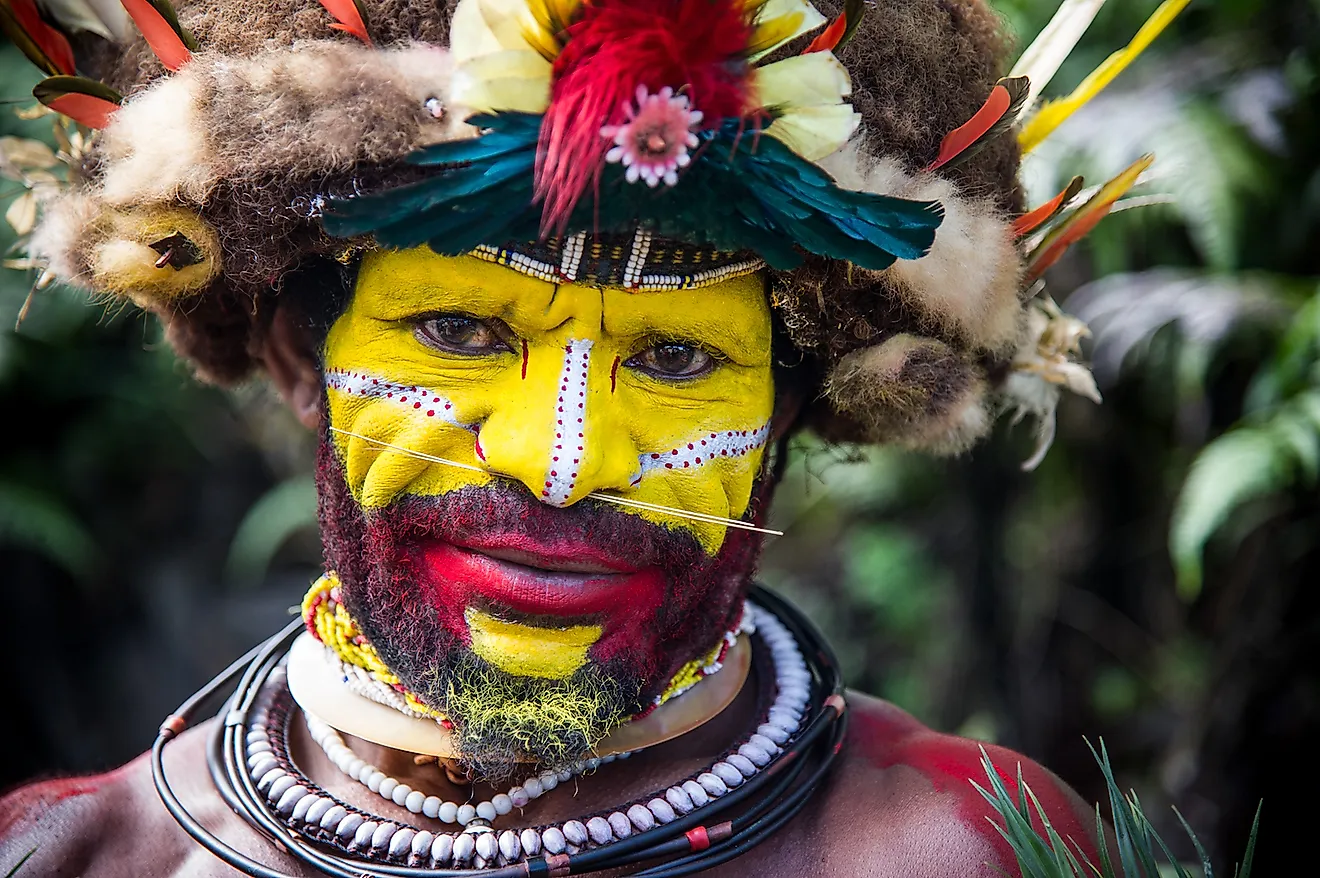
There are thought to be just over 300 secret tribes in the rugged mountain valleys of West Papua, which is an Indonesian province. Some maintain limited contact with the outside world, with the more remote groups living up in the highlands. There has been stories of territorial conflicts between the tribes, one reason being that some are ethnically distinct from others.
Pictures of the Papuan Chimbu Skeleton Dancers have been widely circulated, showing tribe members covered with paint to make them appear like skeletons. This is done to intimidate their enemies. The Chimbu are known traditionally to live in male-female segregated houses, although this may have changed.
4. The Javari Valley (Vale do Javari), Brazil
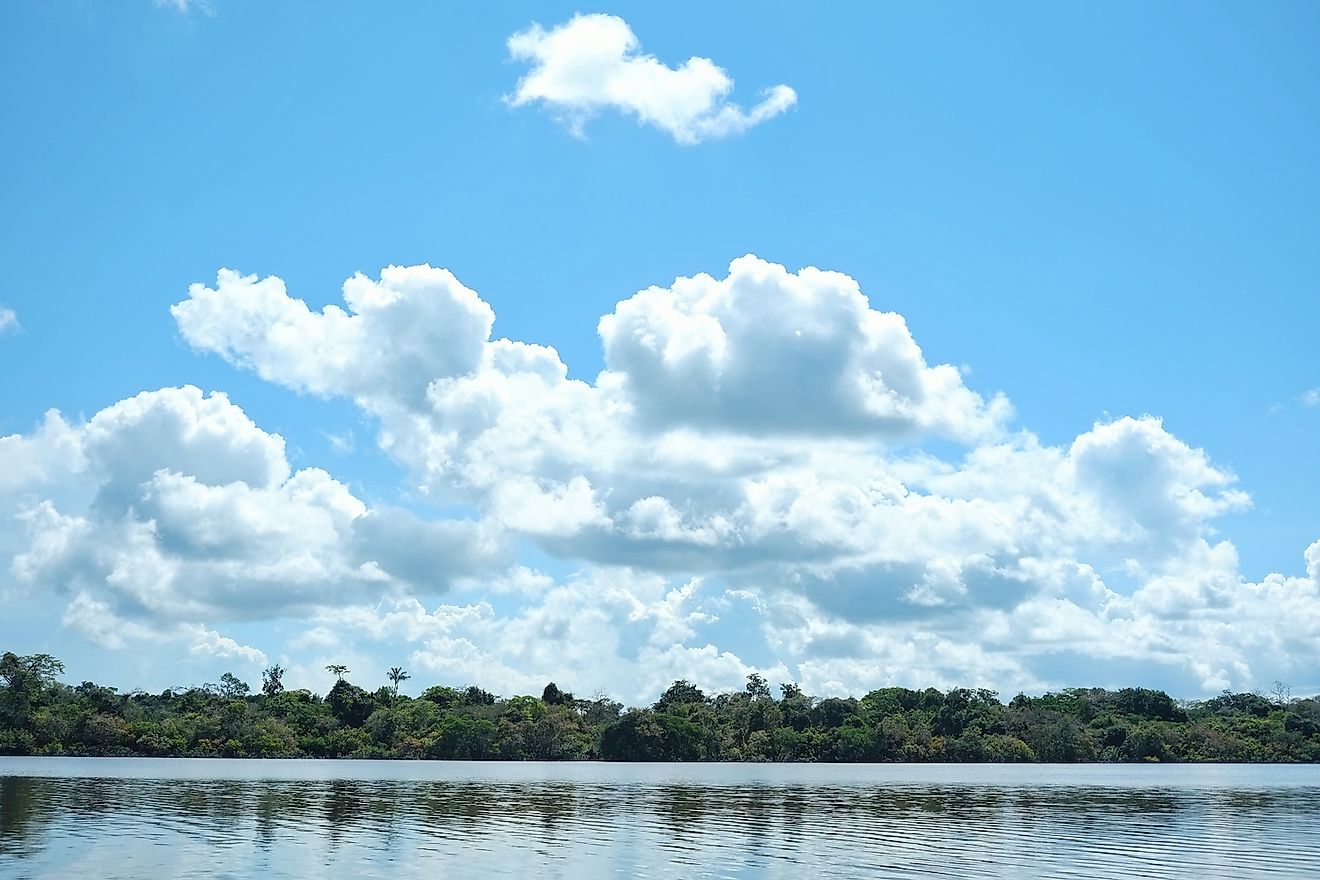
Vale do Javari is home to about 20 secret tribes consisting of about 3,000 people. Out of these, it is estimated that perhaps 2,000 of them are “uncontacted,” or isolated. Information about these tribes is scarce, but evidence suggests that they hunt, employ some agricultural methods, use metal tools, and trade to get metal pots.
3. Mashco Piro, Peru
The Mashco Piro live in Peru's Amazonian forest, and is one of approximately 15 isolated tribes in the country. The government believes that the Mashco Piro has less than 800 members. They are known to hunt and gather turtle eggs, and to create arrows out of bamboo branches. Though they have shunned outsiders in the past, they have appeared more frequently in recent years. This is due to outside threats from logging and oil industries.
2. Awá, Brazil
The Awá also faces threats from encroaching outsiders, and is known as the "world's most endangered tribe.” With just about 500 members in total, around 100 of the Awá live in Amazon forest, which covers the Brazil/Peru border. National Geographic posted that this tiny tribe lives with constant threats from wildfires and illegal logging.
1. Kawahiva, Brazil
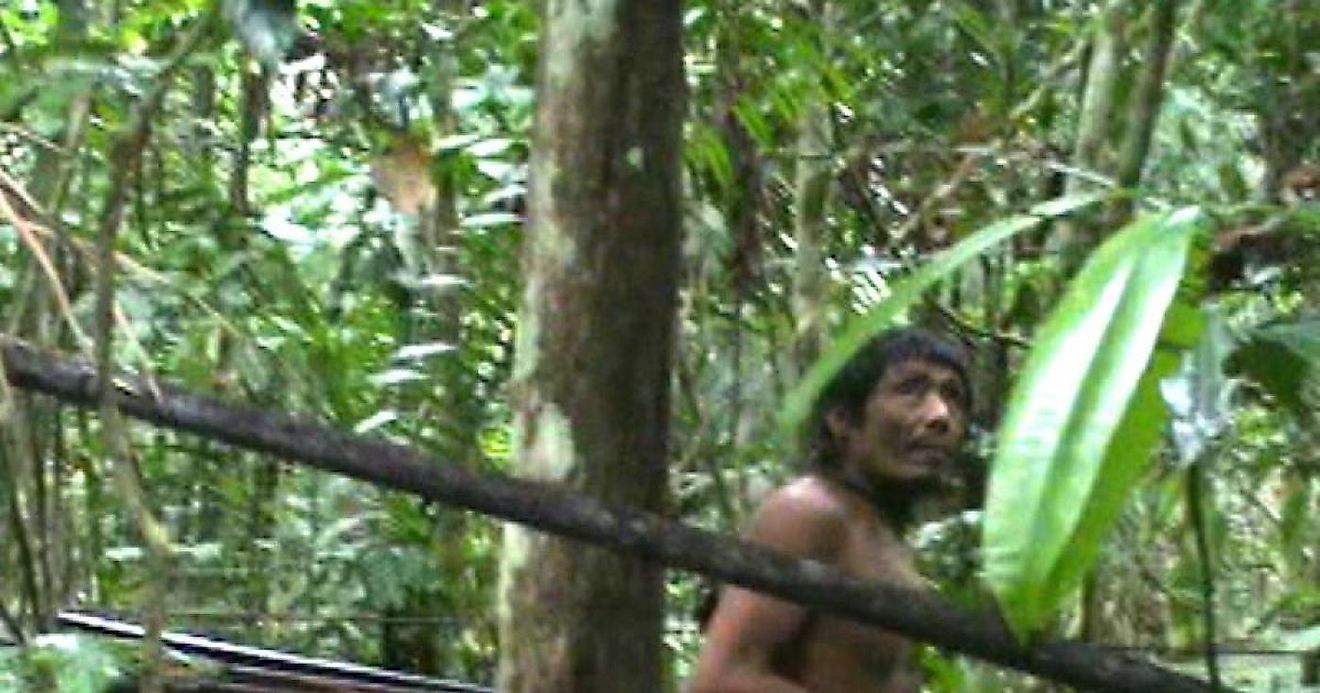
Also in Brazil, the Kawahiva may have been forced into their nomadic lifestyle due to deforestation of Brazil's Amazon rainforest. Neighboring tribes call them "red head people" and "red head people,” and it is thought there are only around 30 of them left. Based on how their territory has shrunk, it is not surprising that the Kawahiva do not have peaceful contact with outsiders. This isolated tribe subsists on hunting and gathering, and they also build ladders up into trees to collect honey.











